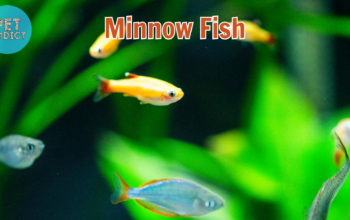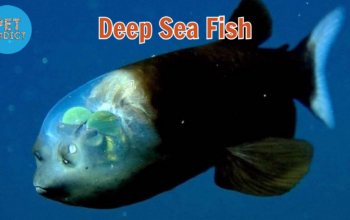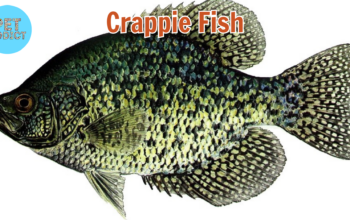In the vast expanse of freshwater ecosystems, one creature stands out as a true living fossil and a fierce predator – the gar fish. With its unique appearance, ancient lineage, and remarkable adaptations, the gar fish has captured the fascination of anglers and aquatic enthusiasts alike. In this article, we will take an in-depth journey into the world of gar fish, uncovering their characteristics, habitat, behavior, feeding habits, conservation status, and the enduring allure that has made them a captivating presence in the waters they inhabit.
PetAddict.net – The best place where you can find everything about your pet!
Ancient Ancestry and Distinctive Features
The gar fish belongs to the family Lepisosteidae, which has its origins dating back over 100 million years. This remarkable lineage has bestowed the gar fish with distinctive features:
- Armor-like Scales: Gar fish are covered in hard, armor-like scales known as ganoid scales, providing protection against predators.
- Long Snout: Their elongated, needle-like snouts are equipped with sharp teeth, designed for efficient hunting.
Habitat and Geographic Range

Gar fish are adaptable and can thrive in various freshwater environments across North and Central America.
- Preferred Habitats: They are commonly found in slow-moving rivers, lakes, swamps, and brackish waters.
- Geographical Range: Gar fish have a wide distribution, from the southern United States down to Central America.
Predatory Behavior and Feeding Habits
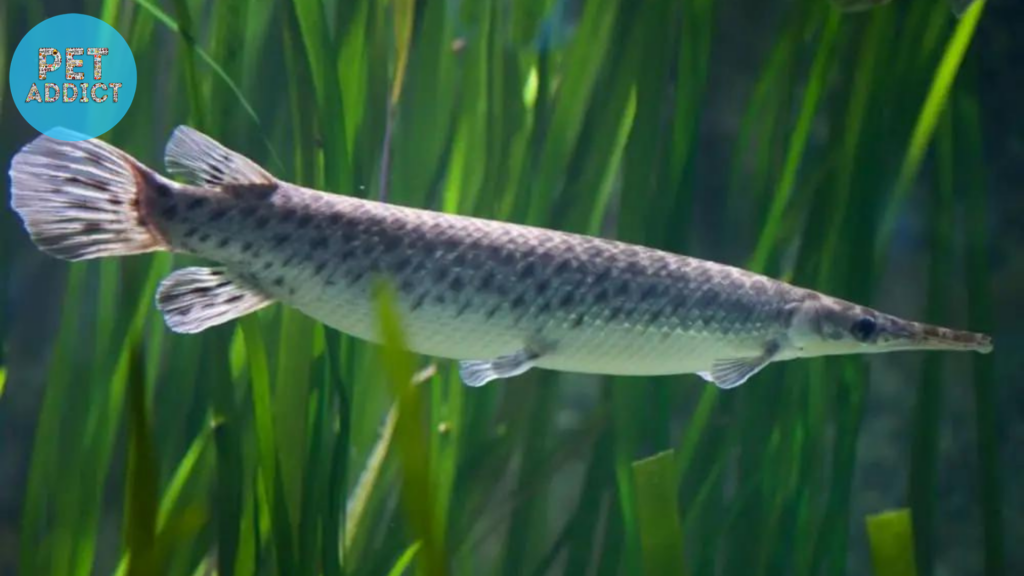
The gar fish’s hunting tactics are both fascinating and effective.
- Ambush Predators: With their elongated bodies and camouflage, gar fish often lie in wait, ambushing unsuspecting prey.
- Surface Skimming: Their specialized swim bladders allow them to gulp air, giving them the ability to surface-skim for prey.
Diet and Nutrition
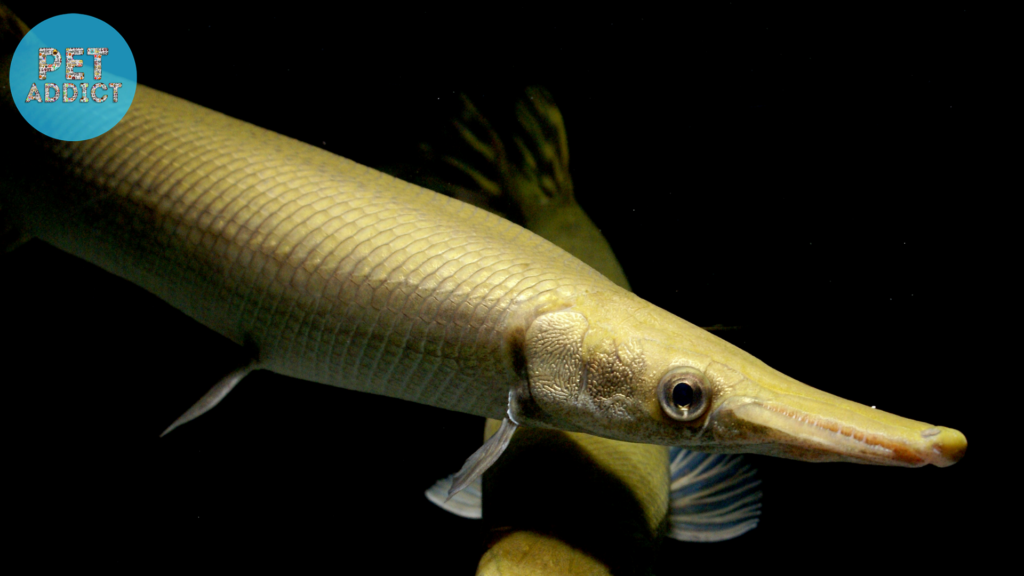
Gar fish have a diverse diet that reflects their predatory nature.
- Fish and Aquatic Prey: They feed on a variety of aquatic creatures, including fish, crustaceans, and smaller vertebrates.
- Feeding Strategy: Using their sharp teeth and swift strikes, they immobilize and consume their prey.
Conservation Efforts and Challenges
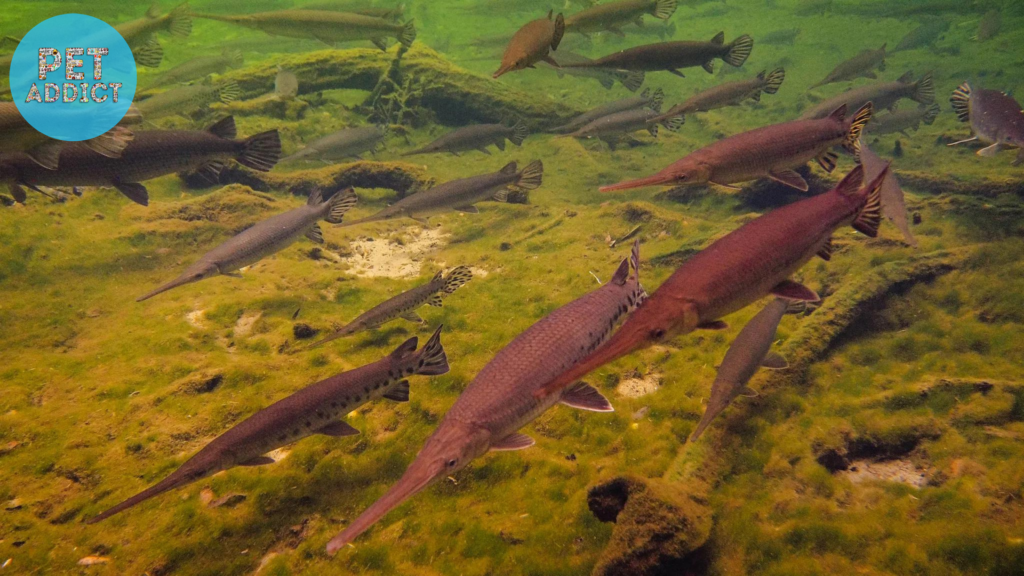
Despite their impressive adaptability, gar fish populations face various challenges.
- Habitat Loss: Human activities such as dam construction and pollution have led to the degradation of their natural habitats.
- Bycatch and Overfishing: Gar fish are sometimes caught unintentionally as bycatch in fishing operations, and their populations can be impacted by overfishing.
Sport Fishing and Cultural Significance

Garfish are not only important in ecosystems but also hold cultural and recreational significance.
- Sport Fishing: They are a popular target for anglers due to their challenging fights and unique appearance.
- Traditional Uses: In some cultures, garfish have historical and traditional significance, used for food and various cultural practices.
Gar Fish as Pets
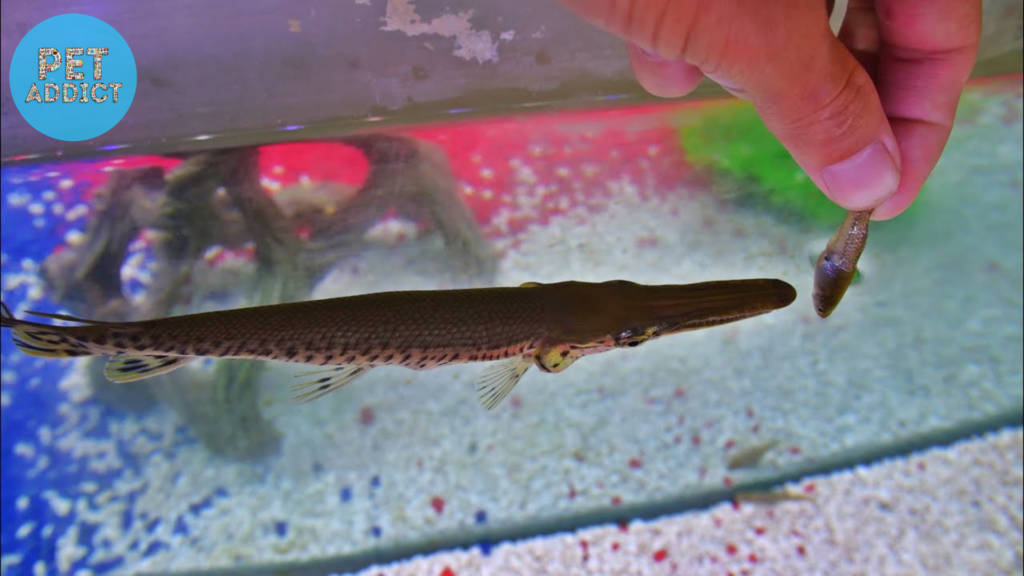
While garfish are often admired for their intriguing characteristics, keeping them as pets presents challenges.
- Tank Size: Gars grow to considerable lengths, requiring large aquariums or even outdoor ponds.
- Feeding Requirements: Their predatory nature necessitates a diet of live or frozen foods, which may not be easily accessible.
- Regulations: Some species of garfish are protected or restricted due to their conservation status, making them unsuitable as pets in certain areas.
Physical Characteristics and Size
- Length: Depending on the species, garfish can range from a few feet to over 10 feet in length.
- Weight: Some larger species can weigh up to 300 pounds, showcasing their formidable size.
Conclusion: The Resilient Predator
In the vast tapestry of aquatic life, the garfish stands as a testament to resilience and adaptability. Its ancient lineage, distinctive appearance, and predatory prowess make it a captivating symbol of the intricate balance of nature. As conservation efforts continue to safeguard their habitats and populations, the garfish serves as a reminder of the importance of coexisting with the creatures that have shaped the waters we admire and explore.


